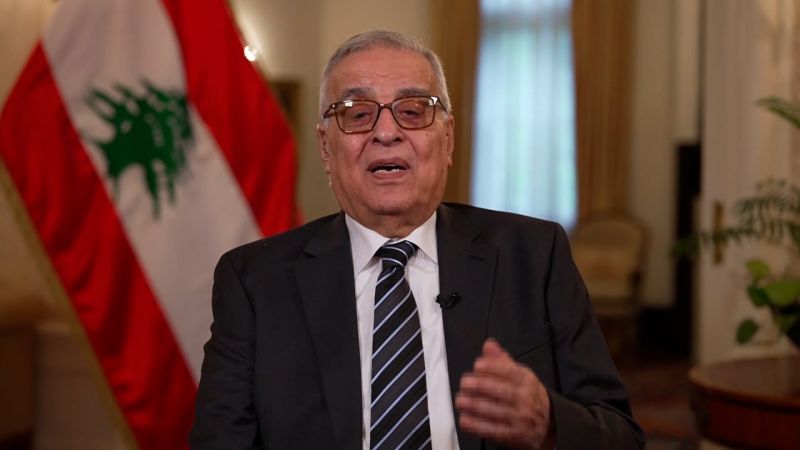
Hezbollah Leader’s Surprising Ceasefire Deal Prior to Assassination, Revealed by Lebanese Foreign Minister
The recent assassination of a key Hezbollah leader, moments after allegedly agreeing to a temporary ceasefire, has sparked controversy and raised questions about the underlying dynamics of the ongoing conflict in Lebanon. The unfolding events reveal a complex web of political maneuvering and power struggles that have engulfed the region for decades.
The Lebanese Foreign Minister’s revelation of a ceasefire agreement just days before the assassination sheds light on the fragile nature of peace negotiations in a region plagued by deep-rooted animosities and unresolved grievances. The timing of the ceasefire announcement, juxtaposed with the sudden elimination of a high-profile figure within Hezbollah, raises suspicions and fuels speculation regarding the motives behind the act.
Hezbollah, a prominent Shia Muslim militant group and political party in Lebanon, has long been at the center of regional power struggles, particularly with Israel and other Sunni Arab states. Its involvement in supporting the Assad regime in Syria and its ongoing clashes with Israel have further compounded tensions and escalated conflicts in the region.
The assassination of a Hezbollah leader, particularly one who had reportedly agreed to a temporary ceasefire, indicates the precariousness of peace efforts in a region marked by a history of violence and deep-seated enmities. The incident serves as a stark reminder of the challenges facing any attempts to broker lasting peace and stability in a volatile environment.
The role of external actors, such as Iran and Saudi Arabia, in influencing the dynamics of the conflict in Lebanon adds another layer of complexity to an already intricate situation. The competing interests of these regional powers, coupled with internal divisions and rivalries within Lebanon, create a highly volatile environment where any attempts at conflict resolution are met with significant obstacles.
The assassination of the Hezbollah leader highlights the inherent fragility of peace negotiations in a region torn apart by decades of conflict and bloodshed. It underscores the need for a concerted, multi-faceted approach that addresses the root causes of the conflict while navigating the intricate web of regional and international influences that shape the dynamics of the conflict.
As Lebanon grapples with the aftermath of yet another high-profile assassination, the international community must redouble its efforts to support peaceful initiatives and dialogue aimed at resolving the deep-seated conflicts that continue to plague the region. Only through a comprehensive and inclusive approach that addresses the underlying grievances and competing interests at play can lasting peace and stability be achieved in Lebanon and the wider Middle East.
